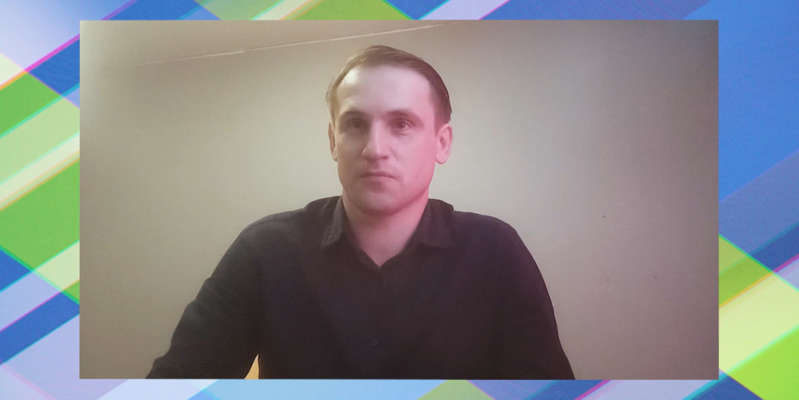
The solar corona mystery: why is the Solar Orbiter moving towards the luminary?
The automatic Solar Orbiter passed at a distance of eight thousand kilometers from the surface of Venus and continued on its way towards the Sun. Doctor of physical and mathematical sciences, chief researcher of the Physics Institute named after V.I. Lebedev Institute of RAS Sergei Bogachev.
– What is this apparatus? What is its mission?
Sergei Bogachev: This is a spacecraft, a product made by man and launched into space for specific purposes. Satellites of various meanings are put into space: communications, military, star wars, including satellites in the interests of science, fundamental ones. This is such an apparatus, made by scientists for science, made by our colleagues from Europe – this is the European Space Agency. About a year ago, it was launched on its long journey, it has a very distant orbit, rather complicated. On his way, he recently met Venus and is now continuing to move towards the Sun.
– It should enter an orbit around the Sun, some kind of very close one? Will it come closer to Mercury?
Sergei Bogachev: This is very interesting. When we want to study Saturn, we fly to Saturn, when we want to study Jupiter, we fly to Jupiter, and many think that when scientists want to study the Sun, they fly to the Sun. It is not right. 99% of spacecraft that observe the Sun operate near the Earth, because, unlike Mercury, Jupiter is difficult to fly to the Sun, it is hotter and more dangerous. There was an idea, and it was realized in practice, to launch the apparatus towards the Sun. It is not very easy to do this, since, according to different laws of ballistics, it is easier to fly away from the Sun than to approach it, because there it is necessary to extinguish the moment of motion and various things known to physics.
The solar corona mystery: why is the Solar Orbiter moving towards the luminary?

WORLD 24 More videos SHARE Tweet SHARE SHARE MAIL What else to see
-

Russia undocked the Pirs module from the ISS

WORLD 24
-

The largest periodic table in Eurasia was shown in Dubna near Moscow

WORLD 24
-

Dual contamination: what happens in the body when multiple strains of COVID-19 are detected?

WORLD 24
-

Vaccination against COVID-19 for children: the pediatrician told the details

WORLD 24
-

A new global threat: where can you get monkeypox?

WORLD 24
-

70 years ago, the first space flight with dogs took place

WORLD 24
-

Multipurpose laboratory module “Science” sent into orbit

WORLD 24
-

Scientists have found a way to get hypoallergenic milk from a cow. EXCLUSIVE

WORLD 24
-

An experiment for the future: why did Russian scientists clone a calf?

WORLD 24
-

Russian scientists have created a super-filling for teeth based on eggshells

WORLD 24
-

Odyssey of billionaires: Jeff Bezos flew into space on the New Shepard

WORLD 24
-

Powerful iron birds: the latest aviation developments were shown at the MAKS-2021 air show

WORLD 24
-

Space walk: Jeff Bezos announced his readiness to go to the stars

WORLD 24
-

British doctors have learned to determine the level of blood sugar in the palms

WORLD 24
-

The development of Russian scientists can become universal for the diagnosis of brain diseases. EXCLUSIVE

WORLD 24
Click to Expand Repeat Video
-

Russia undocked the Pirs module from the ISS This operation made it possible to free the docking port of the ISS Russian segment to receive the Nauka module.

The largest periodic table in Eurasia was shown in Dubna near Moscow The panel is clearly visible from the city and from motor ships sailing along the Volga.

Dual contamination: what happens in the body when multiple strains of COVID-19 are detected? The chief physician of the clinical hospital “Russian Railways – Medicine” told how it threatens a person and whether the methods of treatment differ.


FOLLOWING
They carry out the so-called gravitational maneuvers, approach the planets, these planets extinguish the movement of the apparatus for approaching the Sun. Just the rapprochement with Venus was not just to look at Venus, but to extinguish the moment of movement of the apparatus so that it could reach the Sun and enter an orbit around it.
Read more in the video.

